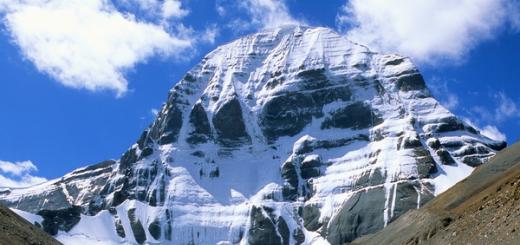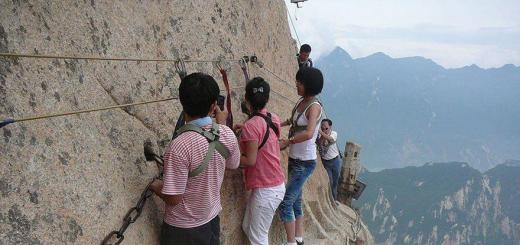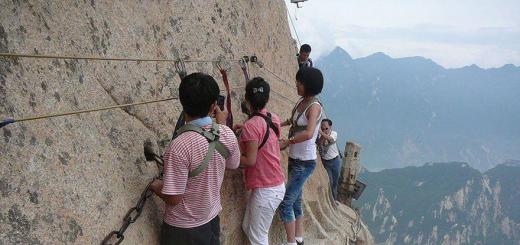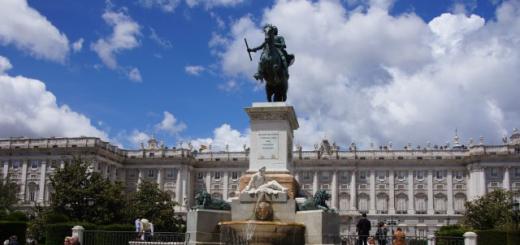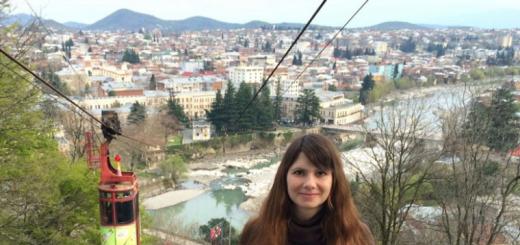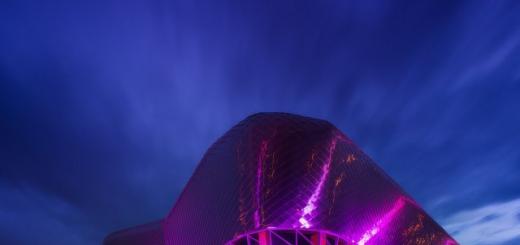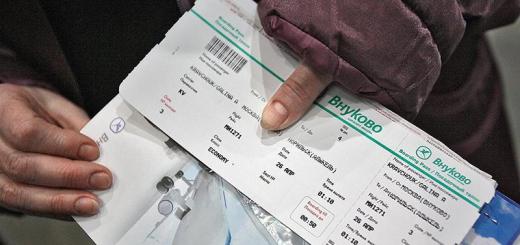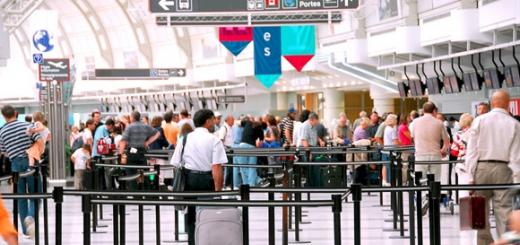Country: Russia
City: Moscow
Nearest metro: Komsomolskaya
Was passed: 2003
Sculptor: Shcherbakov S.A.
Description
Monument to the Creator of Russian Railways and the first Minister of Russia's communication of Russia Pavlu Petrovich Melnikov is a big bronze sculpture of the Minister in full growth, the established column-like granite pedestal. Pavel Petrovich was captured by the rooted ministerial uniform with all orders on the chest for merit before the Fatherland. The left hand is assigned to the side, in his right hand, he holds a scroll with a royal decree on the start of construction of the first railway in Russia between St. Petersburg and Moscow, which he rather persuaded Nikolai I.
A commemorative inscription, "Melnikov Pavel Petrovich First Minister of Russia, is applied on the pedestal lettering. To the foot of the monument lead small steps. Not far from the monument on a memorable alley are two large bas-relief of railways of Russia and major railway stations.
History of creation
The monument was established in 2003 on Komsomolskaya Square, closed between three stations on the initiative of Russian railways.
How to get
Come to the metro station Komsomolskaya (ring line) and go to the Leningrad station to the Komsomolskaya Square. In a small square in the center of Komsomolskaya Square you will find a monument to Pavel Petrovich Melnikov.
Strictly speaking, the area of \u200b\u200bthe three stations on the map of Moscow is not, and there is Komsomolskaya Square- However, this is exactly the case when the name of the place de Facto is born below "from below" and exists regardless of whether it is approved by DE IURE "top" or not. The area of \u200b\u200bthe three stations appeared as a result of sushi's restoration from local reservoirs: up to the 1860s (the building of the Nikolaev station was already standing) there was an unusted swamp, the river Olkovetz proceeded and, finally, there was a big red pond, on which in 1697 Peter the first He noted with Feuervek Taking Azov. Swamp dried, the river was seased to the underground pipe; As for the lake, he was dried only at the beginning of the 20th century, in the interval between the construction of the new Yaroslavl and new Kazan station - the last two "dominant" of this unusual place.
The area of \u200b\u200bthree stations is a unique transport and communication "node", with which only a similar transport and communication "intersection" of four different metro branches underground can be compared in part in the area of \u200b\u200bthe Library Station area. Lenin. Here are daily inhabitants from the northwestern, northern and numerous eastern regions of Russia. Sooner or later, this huge passage yard, which grew up on the swamp, it was necessary to arrange as a place involved in history. The easiest and most effective way is to install monuments.
Photo 1. Once here, from the western side of the Yaroslavl station there was a dense sector of the trading tents. In September 2011 (accurate to the city day), a fountain was opened on the cleared space, and the dynamic statue of George Victorious statue was installed on it - with a spear, on horseback and defeated snake under it. The main character of the coat of arms of Moscow, this saint became under Ivan III (1462-1505), - at the same time, when the "double-headed eagle" became the coat of arms of the entire Moscow state. By the way, if you look at, on the chest of the rider, you can see the main state-owned emblem. The work of the sculptor S.A. Shcherbakova seems to be truly realistic: "Disposable" every muscle of the horse is discharged, and in Georgy itself, not so much holiness as physical strength. You can look at a very worthy icon painting original.
Photo 2. Granite monument V.I. Lenin is the oldest sculptural image on the square of the three stations. Installed from the east side of the Yaroslavl railway station in 1967. Sculptor A.P. Cybalnikov (1912-1987) depicted the leader of the world proletariat in full canonical for him "oratorical" pose: The left hand holds behind the lackcan, and the right thing is about shinking forward - in the characteristic "Leninsky" gesture. 
Photo 3. Monument to a transmunity with a symbolic 0 vehicle kilometer installed near the paths far follow Yaroslavl railway station in 2001 - in honor of the 100th anniversary of the most extended railway in Russia. On the back of the "Cuba" marked the distance to Vladivostok - 2298 km. 
Photo 4. This group monument dedicated to the "Creators of Russian Railways", opened next to the Kazan Station on August 1, 2013 - on the day of the railwayman. As the "creators" sculptor S.A. Shcherbakov (see above) presented six different people who lived for almost 150 years of domestic history: the inventors of the Russian locomotive Efim Cherepanov (1774-1842) and his son Miron Cherepanov (1803-1849), Builder of the Tsarskoil Railway Franz-Anton von Gerstner (1796-1840), Minister of Communications with Alexander II Pavel Melnikov (1804-1880), Minister of Communications with Alexander III Sergey Witte (1849-1915), Minister of Communications in Nicolae II Mikhail Khilkov (1834-1909). Finally, there is a seventh character, although in the form of a bust - Nikolai I. His presence in this company is justified by the following inscription at the base of the monument: "Emperor All-Russian Nicholas I on February 12, 1842 signed a decree on the construction of the Moscow Railway Moscow - St. Petersburg" . 
Photo 5. Bust of the main architect of the new Kazan station Alexey Viktorovich Shuseva (1873-1949) stands next to his brainchild, face to Komsomolskaya Square. Construction of a majestic building, the central part of which resembles the Syumubik Tower in Kazan, began before I World War, but stretched for decades: 1913-1940. 
Photo 6. Bust of the chief architect of the Nikolaev (now - Leningrad) Station Konstantin Andreevich Tone (1794-1881) is also installed next to his creation. The building was built in 1849 and since then never rebuilt. 
Photo 7. Bust of the main architect of the new Yaroslavl Station Fedor Osipovich Shechor (1859-1926). Another talented "Russian German" on which the Russian Empire held. Modern building Yaroslavl railway station in the Neorussky style with elements of "Northern Modern" was built in 1904 
P.S.
All photos taken 05/01/15.
Komsomolskaya Square (until 1933, Calanchevskaya Square was called) - Square in Moscow, on which three stations are located at once: Leningrad, Yaroslavsky and Kazan. Also, the people are called the Square of the Three Stations, in which she wanted to rename it in 2003. But further conversations did not go.
Getting to the square easily, and many of her probably know, but pass by. You can go on it from an underground pedestrian crossing that leads from the same name of the metro station "Komsomolskaya" Sokolnic or ring line.
2.
Gray sad building with the inscription "Russian Railways" on the roof - the information and computing center of the Moscow Railway. It was built in 1980 according to the project of architect V.A. Sesterov and engineer A.L.Velkina.
3.
Near the fountain there are two memorable plates.
4.
One of them with the scheme of the main highways of the railway network Russian Federation.
5.
And another showing the first railway branch from Moscow to St. Petersburg in the middle of the XIX century.
6.
From the square you can see several high spirits at once: the former hotel "Leningradskaya" is the closest (now "Hilton Moscow Leningradskaya"), for her the RVM Megapolis business center (former Domnikov, built in 2009), and also Further, Stalin's height of the Red Gate.
7.
On August 2, 2003, a monument to the first minister of reports to PP Melnikov was opened on the square (author - S. Stherbak).
8.
Near the square is also an administrative complex of Russian OJSC railways", consisting of three nearby and interrelated multi-storey buildings. The most high building He has 28 floors.
9.
Once again, look at the fountain opened in 2003.
10.
Let's look at the three stations that are located around the Komsomol Square. The oldest is, of course, the Leningrad Station. The building was built in 1844-1849 for the architect K.A. Tona project. From 1855 to 1923, the Nikolaev station was named.
11.
The modern building of the Kazan Station was built in 1913-1940. Before that, he was called Ryazan Station.
12.
The clock with the signs of the zodiac at the Kazan Station:
13.
The building of the Yaroslavl railway station was also rebuilt. The modern building was built in 1902-1904 (architect - F.O. Sheher). Several times the station has changed the name: from the moment of its discovery in 1862 and until 1870, he wore a title Troitsky station, in 1870-1922 - Yaroslavsky, in 1922-1955 - the Northern station and since 1955 - again Yaroslavsky.
14.
Between the Leningrad and Yaroslavl station is the ground lobby of the Metro Station "Komsomolskaya", opened in 1952.
15.
Once again, looking at the square from the monument to P.P. Melnikov, we will go to a new fountain, which is located behind the ground lobby of the metro.
16.
The fountain was opened recently - September 4, 2011, on the day of the city. Previously, there were trading tents. Now, in my opinion, it became much cleaner and more pleasant.
17.
In the center of the fountain there is a sculpture depicting the coat of arms of Moscow - George Victorious. The author is S. Stherbakov.
18.
Around the fountain there are such plates with the names of all Moscow stations.
19.

